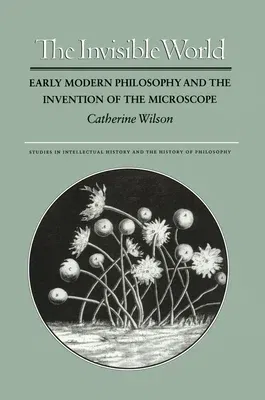Catherine Wilson
(Author)The Invisible World: Early Modern Philosophy and the Invention of the Microscope (Revised)Paperback - Revised, 21 December 1997

Qty
1
Turbo
Ships in 2 - 3 days
In Stock
Free Delivery
Cash on Delivery
15 Days
Free Returns
Secure Checkout

Part of Series
Studies in Intellectual History and the History of Philosoph
Part of Series
Studies in Intellectual History & the History of Philosophy
Print Length
290 pages
Language
English
Publisher
Princeton University Press
Date Published
21 Dec 1997
ISBN-10
0691017093
ISBN-13
9780691017099
Description
Product Details
Author:
Book Edition:
Revised
Book Format:
Paperback
Country of Origin:
US
Date Published:
21 December 1997
Dimensions:
23.14 x
15.52 x
1.96 cm
ISBN-10:
0691017093
ISBN-13:
9780691017099
Language:
English
Location:
Princeton
Pages:
290
Publisher:
Series:
Weight:
426.38 gm